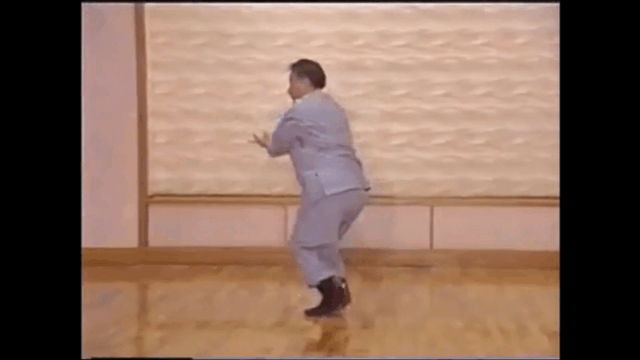Someone correct me if I'm wrong, but I'm not seeing the correlation between Dempsey's drop step and sine wave. He never talks (in his book) about any type of rise before the drop step. The only prerequisite he mentions would be having at least a little weight on the front foot. He does say that one of the great things about the drop step is that it has no tell before it happens. Wouldn't a rise prior to doing it be a tell (unless you're already rising for another reason)? He goes into detail in his book, says the front foot is lifted, body pushes off rear foot as it begins to fall, no sort of loading it up other than some forward weight.
I've had some training on the drop step, there was never a rise worked into it. Maybe other people do it differently.
I've had some training on the drop step, there was never a rise worked into it. Maybe other people do it differently.

